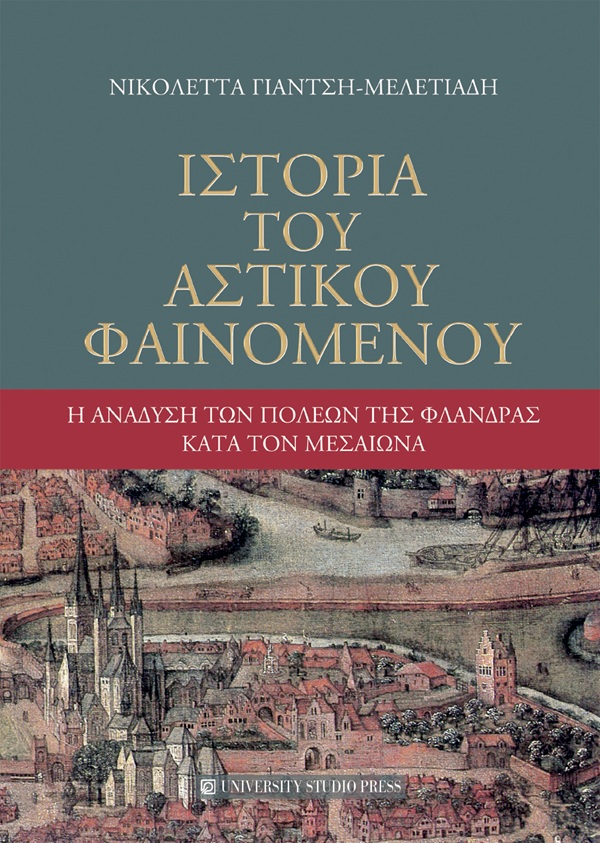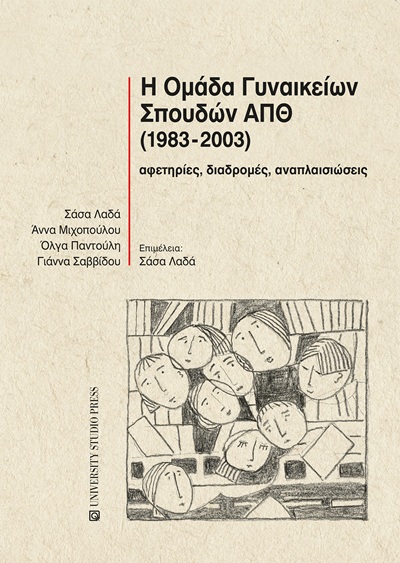
Title:History of the urban phenomenon: The emergence of the cities of Flanders in the Middle Ages
Author: Nikoletta Giantsi-Meletiadi
Publisher: University Studio Press
Subject: History
Year: 2025
Pages: 304
Τechnical Features: 17Χ24
The issue of the creation of European cities is an important chapter in European history, both ancient and modern, and is related to how we experience Europe today. How were cities formed in a densely populated area of Western Europe? How did initially undifferentiated settlements change, gradually become aware of themselves, and gain political independence?
This dual perspective, which links history with politics, contributes additional documented material to the interpretation of the urban phenomenon throughout Europe. In one way or another, the cities under consideration acquire their true substance, making it possible to reconstruct the material conditions of their existence and to distinguish the indicators that map the ideological experiences of life within them.
With interdisciplinarity in mind, this historical analysis presents the most characteristic aspects of the above trends. The first chapter demonstrates the interconnection between the urban history of medieval Flanders and more general historical periodizations (Henri Pirenne, Félix Rousseau, Franz Petry, Jean Doudet, Fernand Verhaugten, Adrian Verluyt), and analyzes how these theories were proposed or used to highlight the continuities or discontinuities with Europe’s Roman past, as well as the issue of capital accumulation, in order to highlight the historical problem that arose and to formulate the relevant economic theories (Karl Büchner, Werner Sombart, Max Weber). Next, Flemish settlements are examined both from the perspective of their Roman protohistory and from the perspective of the emergence of new cities during the successive periods of the Merovingians (5th-8th centuries) and the Carolingians (8th-10th centuries). The fourth and fifth chapters examine the Viking raids in the Flanders region, which acted as a catalyst for the realignment of power and elevated the count as a new and rising authority figure. Finally, the internal life of the cities of Flanders is presented, mainly from the point of view of their communal organization, the development of new types of administrative and judicial institutions, and, in particular, the guild-based expression of their economic functioning.
- Nikoleta Giantsi-Meletiadi is a professor in the Department of History and Archaeology at the National and Kapodistrian University of Athens.







Leave A Comment